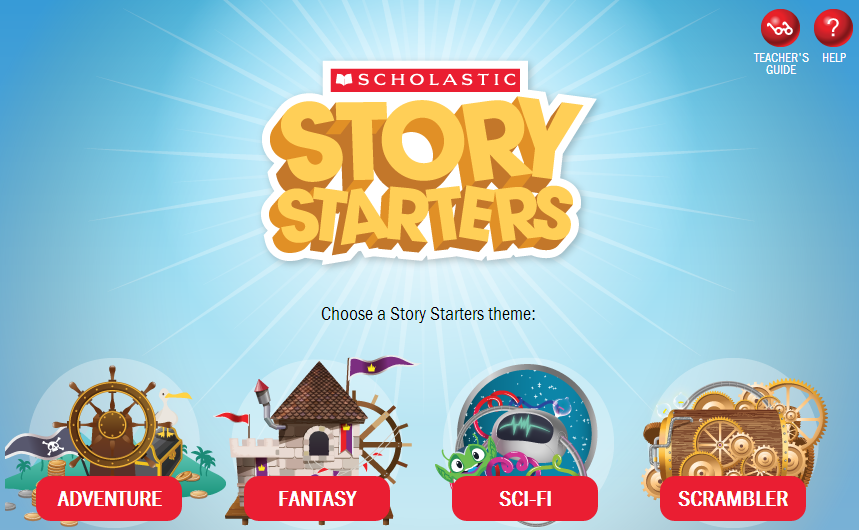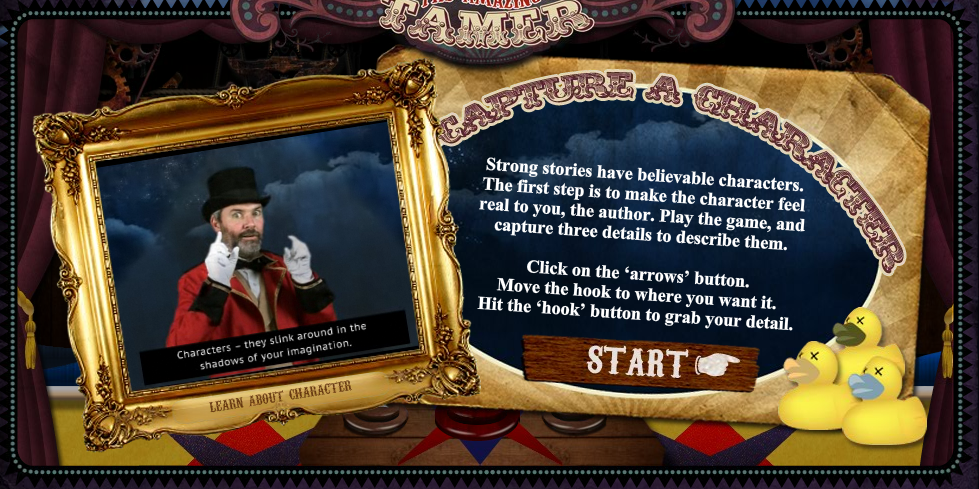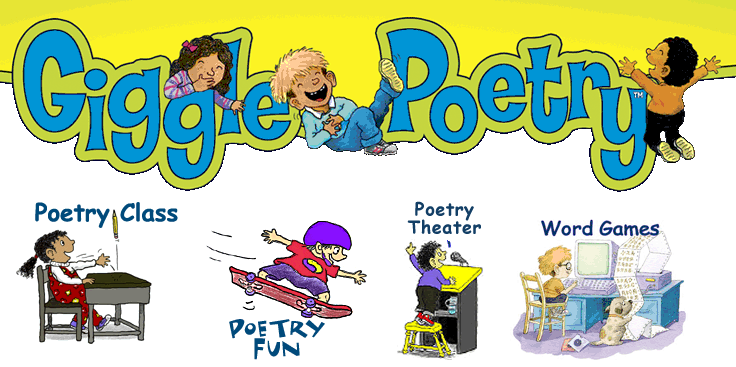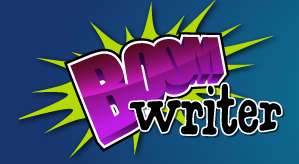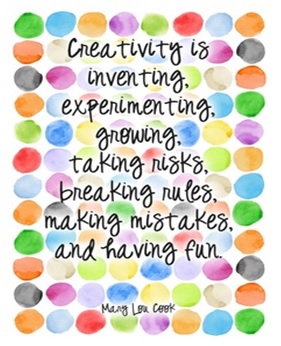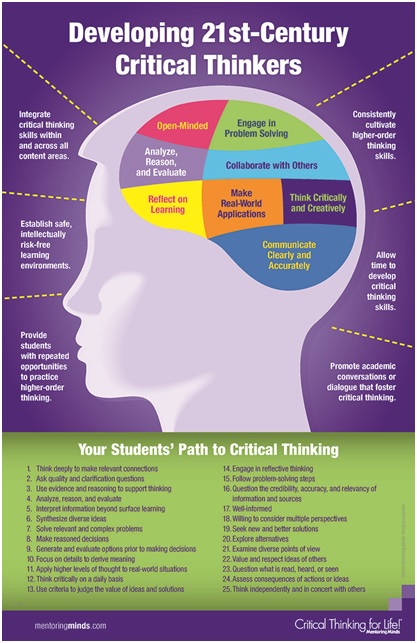Unlike technical, academic, and other forms of writing, creative writing fosters imagination and allows students to have a voice. Therefore, it is one of the most effective ways to enhance creativity in the language classroom.
Creative writing helps students express themselves and sometimes serves as an outlet for their deep feelings. For example, through journal writing you can get to know your students much better and connect with them. Giving them journal entries like the ones in this post may be a good idea to start the year. The Soundtrack of Your Life is another great creative writing activity you can try at the beginning of the year to get to know your students and to create a positive classroom climate.
According to Toby Fulwiler, journal writing is an important way of individualizing instruction and encouraging independent thinking. It also enhances students’ confidence in writing. Therefore, instead of trying to correct their mistakes in their journals, try responding to your students sincerely. While you are doing that, you can use the correct forms of their mistakes in your response to model for them. You can find information, articles, and resources about journaling in Journal Buddies. and Daily Teaching Tools. Make Beliefs Comix also offers interactive digital journals, like Spark Your Writing or Something to Write About. Make Beliefs is a great site that offers comic strip templates and writing prompts in different languages. It will help your reluctant writers to take a new look at creative writing, so please make sure to check all the resources here.
Using visuals prompts for writing is another activity that enhances creative writing and there are great sites offering resources for that, such as Writing Prompts, Visual Story Prompts, Photo Prompts, and Write About. Students using Write About can either write their story or record it. They can also save their draft to work on it later. Write About offers you to select the creative writing topics among different categories and according to the grade level.
Here is a lesson plan designed for B2+ learners encouraging them to talk and write on picture prompts and in this post you can find some app suggestions for generating prompts and story starters. Both teachers and students can create their own writing prompts by using Piclits where students can find inspiring photos and a list of useful words to spark new ideas. They can write captions, sentences, stories, paragraphs, poems, raps, quotations, lyrics, and more. Students can either drag the words onto the picture to create sentences or hide them if they want to use their own words. According to the site, “The object is to put the right words in the right place and the right order to capture the essence, story, and meaning of the picture.” Before you start assigning picture writing prompts, you can use this lesson by the NY Times Learning Network to teach photo-based writing skills to your students. You can also read this post for more ideas on teaching literacy through photography for English Language Learners.
Build Your Wild Self is a cool tool for young learners to create avatars using different animal parts and attaching them in a human body. Students then can send it to a friend by entering a name and email address, add as a desktop background, or print their wild self. They can write a poem or story about a day in the life of the wild self they created, using the new creature as a writing prompt. This worksheet we prepared for our primary students includes an activity on Build Your Own Self. Most of the templates in this worksheet have been adapted from Twinkle where you can find great resources. The presentation rubric in this worksheet has been taken from Edutopia.
Video writing prompts are as popular as the photo writing prompts. Corn Dog Art offers both video and visual writing prompts to inspire creative writing. Teach Hub is another website where you can find video writing prompts. You can find different writing prompts for different age groups about the same video. Check the video prompts for Finding Nemo, Toy Story, and Hunger Games. Lesson Stream by Jamie Keddie offers a wealth of creative and imaginative lesson plans for young learners and teens based on short videos. Film English, another great site by Kieran Donaghy, does the same based on short films. Here you can see one of my favorites from Kieran’s amazing site. The resources in All at C and Viral ELT can be used with higher level ELT learners.
John Spencer created an inspiring about creating a step-by-step guide on how to become a superhero and here is a collaborative project task we designed for our middle school students using this video.
Storytelling is one of the best ways to inspire creativity in our learners. Check 60 Narrative Story Writing Prompts for Kids by Squarehead Teachers, Boggles Words Creative Writing for ESL Students, and Story Starts. Literacy Shed also has great story starters you can use with students at different levels.
Writing Exercises provides students with writing prompts and exercises to help them get started with creative writing and break through writing blocks. Students can generate random story ideas, plots, subjects, scenarios, characters, first lines for stories and more. They also have a Children’s Section with creative writing prompts for children of primary/elementary school age. Interactive writing games in Fun English Games may help your students improve their writing skills.
Nowadays technology provides students with more engaging ways to practice creative writing. Safestyle’s Secret Door is a very interesting creative writing web page I learned from Özge Karaoğlu. This web page embeds a Google maps street view URL. Step through the secret door and be transported to some of the most fascinating places across the globe. With a click of the button you can travel to the South Pole, China’s Great Wall, Australia’s Great Barrier Reef and start writing your story. You click a door that says “Take me somewhere else” and Google Maps Street View shows you another place on the planet.
Primary students enjoy writing short stories using Scholastic Story Starters. There are four story themes for the students to choose: fantasy, adventure, sci-fi, and scrambler. Students pick a theme, enter their names, choose their grades, and spin the big wheels of prompts. They can spin the wheels until they find a prompt they like. After they select the prompts, they start writing their story using one of the four formats the program offers and print them. Another creative tool designed for the primary students is Read Write Think Fractured Fairy Tale Generator. Students can read a sample fractured fairy tale and write their own version of a fractured fairy tale by using this tool.
Book Box is a great website for middle school students to practice creative writing. The Writer’s Toolkit in Book Box is like a step-by-step guide teaching students many aspects of writing. This website puts students in touch with their favorite authors and their books while they are wandering through Secret Passages. Students can find about more than 30 favorite authors and their books and the chance to watch authors read favorite passages on-screen. There are also some literacy games for the students to play.
Wordtamer is another cool site designed for the new generation of the storytellers to help them learn the process of developing characters, setting, and plot in creative writing. It is set up as an interactive journey through a funfair of literary devices. As students move through the funfair they learn how to develop characters, setting, plot for their stories. They can print out what they have written at each step. Students can also watch the videos that will help them understand the roles of characters, settings, and plot development in crafting a good story. The site offers certificates to students who have completed the training.
100 Word Challenge has been designed for students 16 and under. In this activity students respond to a prompt using not more than 100 words. Writing is posted on a class blog, where responses are invited. The activity encourages regular writing for an authentic audience.
One Word offers a one word prompt and gives the students 60 seconds to start writing. This is a great way to fight writer’s block and make writing a little more fun. Another website you can share with your students who are trying to cope with writer’s block is Telescopic Text. You can also show Telescopic Text as an example to your class of how a short simple sentence can be expanded and continually added to. This tutorial will help you use the writing tools. You can make your own telescopic text here.
Ask your students to write six-word memoirs using this lesson plan, six-word stories, or a six-word book review.
When they are learning letter writing, ask your students to write a letter to their future self by sending a time-capsule email delivered on a day they chose in the future via Future me website.
Some teachers don’t associate creative writing with non-fiction writing. Look at this example and ask your students to rewrite this Learning Enhancing Potion by adding their own ingredients. You can also ask them to prepare Creativity Enhancing potion, write a recipe for friendship or make a video explaining how to make friendship soup. If you are teaching in a 1:1 classroom, your students can use apps like Explain Everything to do these. You can find future news for 2020 and beyond in News of Future. After your students read, analyze, and discuss some of the articles here, ask them to write their own future news articles. A lesson like this one may be a good introduction to this creative writing assignment. Finally, please check this great post about activities and tools that can help students use their creative and critical abilities while learning.
Poetry is another genre your students can practice creative writing. Shelly Terrell offers amazing ideas and resources on teaching poetry in this post. Here is another post by Lisa Nielsen on bringing poetry to life with a cell phone and a Voki. This is a great poem to start teaching poetry to young learners. Giggle Poetry, Poetry by Heart, Poems & Stories 4 Kids, and Poetry4Kids are great websites for primary students to learn about and write poetry through word games and funny poems. Read Write Think offers many lesson plans on poetry for all grades, including interactive media and giving links to other websites focused on teaching poetry creatively. You can find some more resources and ideas to teach poetry in this article.
Some students are great at telling stories but they may have a writer’s block when they are asked to write using pen and paper. Technology helps them express themselves using different multimedia tools. You can find 18 free digital storytelling tools for teachers and students in this post. Technology also helps students improve their collaboration skills. For example, Boomwriter is a collaborative writing tool. Have your class or creative writing club use technology to collaboratively write a real book to enhance their language and creative writing skills using Boomwriter on computers, tablets, and phones. Groups of five students or more can use it to read, write, and get published! Creating an eBook is especially rewarding for language learners as it allows them to combine digital and language skills and come up with something to show to their friends and parents. Moreover, students are more motivated to write, work harder and more willing to revise their work when they share it with a larger audience, not just with their teacher. Therefore, many teachers today are using class blogs to have their students showcase their work and to communicate their voice to a larger audience.
You can find free resources for creative writing and blogging in this toolbox curated by Global Digital Citizen Foundation. While your students are writing their creative pieces, you can use Noisli– a background noise and color generator- to create a mood for creative writing.






